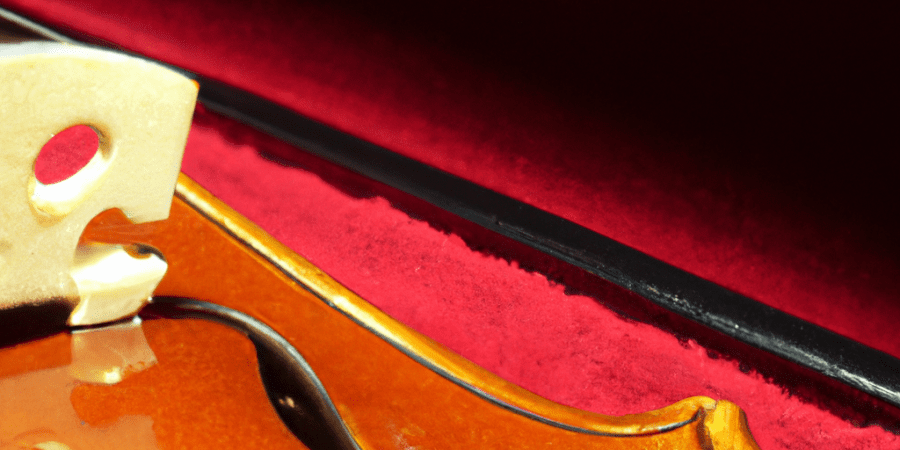Classical Music in Film: A Marriage of Sound and Image
Classical music and film have long been intertwined, forming a beautiful marriage of sound and image. The timeless melodies of composers like Beethoven, Mozart, and Rachmaninoff provide a powerful and emotional backdrop to visual storytelling, creating a symphony for the eyes and ears. In this article, we will delve into the magical world of classical music in film and explore the harmonious relationship between these two art forms.
The Power of Classical Music in Film
Classical music possesses a unique ability to evoke deep emotions and connect with audiences on a profound level. When paired with a visual medium like film, the impact is transformative. The melodies and harmonies of classical compositions can intensify the emotional resonance of a scene, heightening tension, conveying joy or sorrow, and enveloping viewers in the story.
Take, for example, Stanley Kubrick’s cinematic masterpiece, “2001: A Space Odyssey.” The awe-inspiring opening sequence, set to Richard Strauss’ “Also sprach Zarathustra,” instantly transports viewers into the grandeur of space exploration. The triumphant tones of the music perfectly complement the majestic visuals, creating an otherworldly experience.
Enhancing Atmosphere and Narrative
Classical music not only adds emotional depth to a film but also helps to shape the atmosphere and narrative. The choice of music can guide the audience’s perception of a scene or character, altering the mood and enhancing the storytelling.
For example, in Alfred Hitchcock’s thriller “Psycho,” the haunting score composed by Bernard Herrmann has become synonymous with suspense and terror. The screeching violins in the famous shower scene add a chilling layer to the visual horror, making it one of the most memorable moments in film history.
Creating Timeless Themes and motifs
Classical compositions often feature recurring melodies, creating themes and motifs that can be woven throughout a film to reinforce certain ideas or characters. These musical leitmotifs can provide a sense of continuity and help in conveying a specific emotion or message.
A prime example of this can be found in the beloved film series, “The Lord of the Rings.” Composer Howard Shore masterfully used leitmotifs to represent various characters, locations, and themes. The hauntingly beautiful melody associated with the character of Frodo Baggins, known as the “Fellowship theme,” appears throughout the trilogy, reminding audiences of the weight and significance of the protagonist’s journey.
Celebrating Classical Music through Film
Classical music has also played a significant role in bringing recognition and appreciation to the works of renowned composers. Through film, audiences who may not have been exposed to classical music otherwise can discover the beauty and power of these timeless compositions.
One iconic example is the collaboration between director Miloš Forman and composer Wolfgang Amadeus Mozart in the film “Amadeus.” The movie showcases Mozart’s music in a vivid and engaging manner, introducing a new generation to his genius and establishing a renewed interest in his works.
In Conclusion
Classical music in film opens up a world of possibilities, enriching storytelling, evoking emotions, and creating a deeper connection between the audience and the visuals on the screen. When the artistry of composers and filmmakers combines, it results in an experience that transcends time and leaves a lasting impact on viewers.
So, the next time you watch a film that features classical music, pay close attention to the melodies and symphonies playing in the background. Allow yourself to be swept away by the harmonious marriage of sound and image, and revel in the magic that unfolds.
For a taste of classical music in film, check out this YouTube link to experience the enchantment for yourself!
